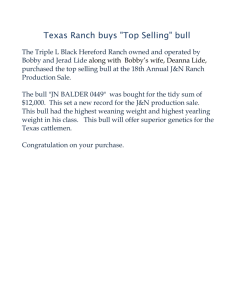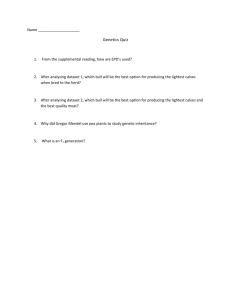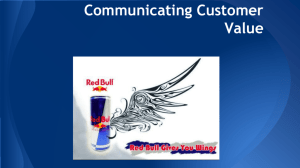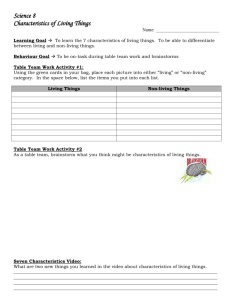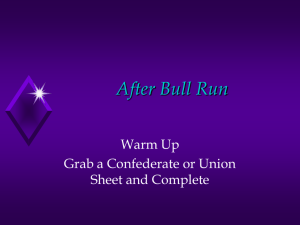Bus306_Red Bull Case Study
advertisement
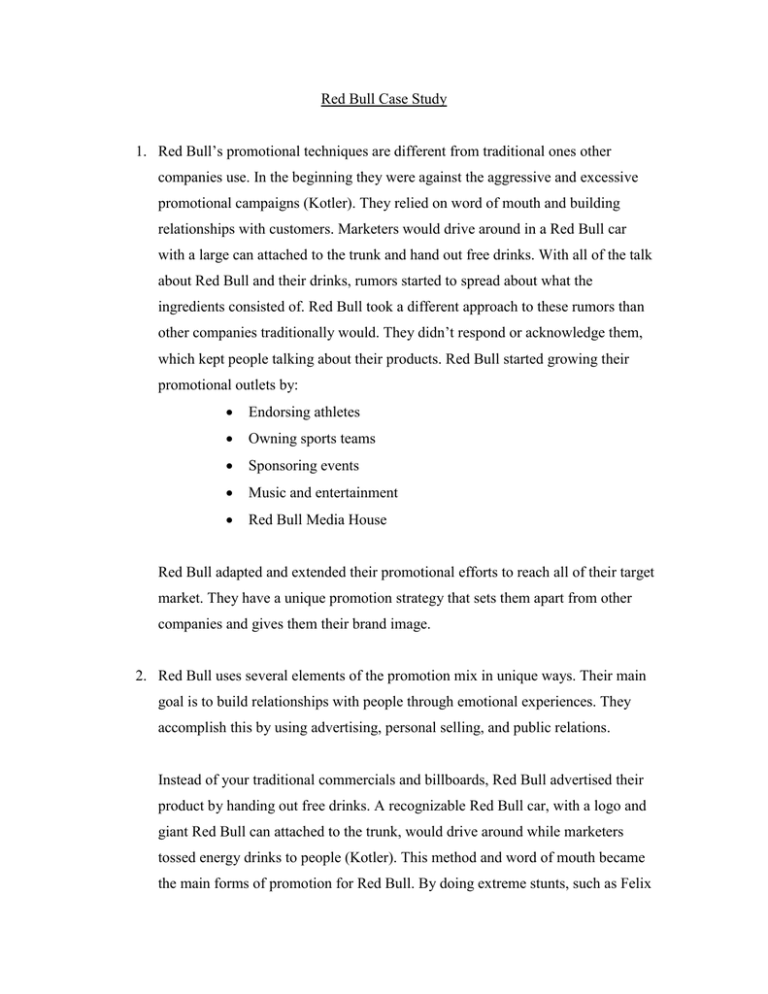
Red Bull Case Study 1. Red Bull’s promotional techniques are different from traditional ones other companies use. In the beginning they were against the aggressive and excessive promotional campaigns (Kotler). They relied on word of mouth and building relationships with customers. Marketers would drive around in a Red Bull car with a large can attached to the trunk and hand out free drinks. With all of the talk about Red Bull and their drinks, rumors started to spread about what the ingredients consisted of. Red Bull took a different approach to these rumors than other companies traditionally would. They didn’t respond or acknowledge them, which kept people talking about their products. Red Bull started growing their promotional outlets by: Endorsing athletes Owning sports teams Sponsoring events Music and entertainment Red Bull Media House Red Bull adapted and extended their promotional efforts to reach all of their target market. They have a unique promotion strategy that sets them apart from other companies and gives them their brand image. 2. Red Bull uses several elements of the promotion mix in unique ways. Their main goal is to build relationships with people through emotional experiences. They accomplish this by using advertising, personal selling, and public relations. Instead of your traditional commercials and billboards, Red Bull advertised their product by handing out free drinks. A recognizable Red Bull car, with a logo and giant Red Bull can attached to the trunk, would drive around while marketers tossed energy drinks to people (Kotler). This method and word of mouth became the main forms of promotion for Red Bull. By doing extreme stunts, such as Felix Baumgartners jump from space, Red Bull is able to connect with consumers from their emotional reaction from their advertisements. Personal selling is when a company promotes their product for the purpose of making sales and building customer relationships (Kotler). Red Bull uses this technique when they personally drove around and handed people free drinks. They were investing in future sales and building relationships with customers. The promotional mix element Red Bull uses the most is, public relations. They have built relationships with customers and companies, by hosting or sponsoring numerous events. They also sponsor individual athletes, and supply them with products to endorse the brand. Red Bull owns a large amount of sports teams. They don’t make a profit from the teams, but they hold value because it gives Red Bull the ability to promote their products. When there were rumors going around about what ingredients were in Red Bull’s drinks, they didn’t respond to the talk. This was apart of Dietrich Mateschitz’s promotional techniques. This decision was very unusual and a different approach compared to what other companies do. By not responding, Red Bull kept the consumers talking and thinking about their products. 3. No, Red Bull will not need to embrace more traditional media marketing in order to keep growing. I believe if Red Bull changes their marketing strategy it will prevent growth and reduce sales. Red Bull has created an image based off their unique promotional methods. Consumers relate extreme sports and stunts with their brand name. If Red Bull ventures away from their image of extreme sports and stunts, consumers won’t be able to connect emotionally and build relationships. When companies change a key element in the brand, consumers become unsatisfied. We saw this in the Burger King case study when a store told customers they were no longer serving whoppers. Customers associate whoppers with Burger King, and they were the reason consumers purchased from Burger King over competitors. If Red Bull altered their marketing techniques, I think we would see the same reaction as we did with Burger King, unsatisfied customers. 4. Red Bull’s target audience are young athletic people who want to improve endurance, concentration, speed, reaction time, and emotional status (Kotler). Their promotional techniques are consistent with their target market. Red Bull promotes their product by advertising, sponsoring, and hosting events for extreme sports. Creating events and advertisements with extreme sports allows consumers to connect emotionally with the product. They receive and decode the message Red Bull promotes of efficiency improvement from their slogan, “Red Bull Gives You Wings.” Consumers then react by purchasing products and becoming loyal customers. 5. Red Bull is continuing to grow and in the last year their revenue was $5 billion, with a 16 percent increase over the year before (Kotler). In order to keep growing and reach their full potential, Red Bull will have to go beyond their target market and attract new customers. They do not need to change their promotional strategy, just add to it. They can do this by; advertising more through commercials, offering sales and special promotions, and interacting directly with consumers. Implementing these promotion tools along with continuing their current strategy, Red Bull could attract more potential customers, while still appealing to their loyal customers. Sources Kotler, P., & Armstrong, G. (2012) Principles of Marketing. Upper Saddle River, New Jersey: Library of Congress.


